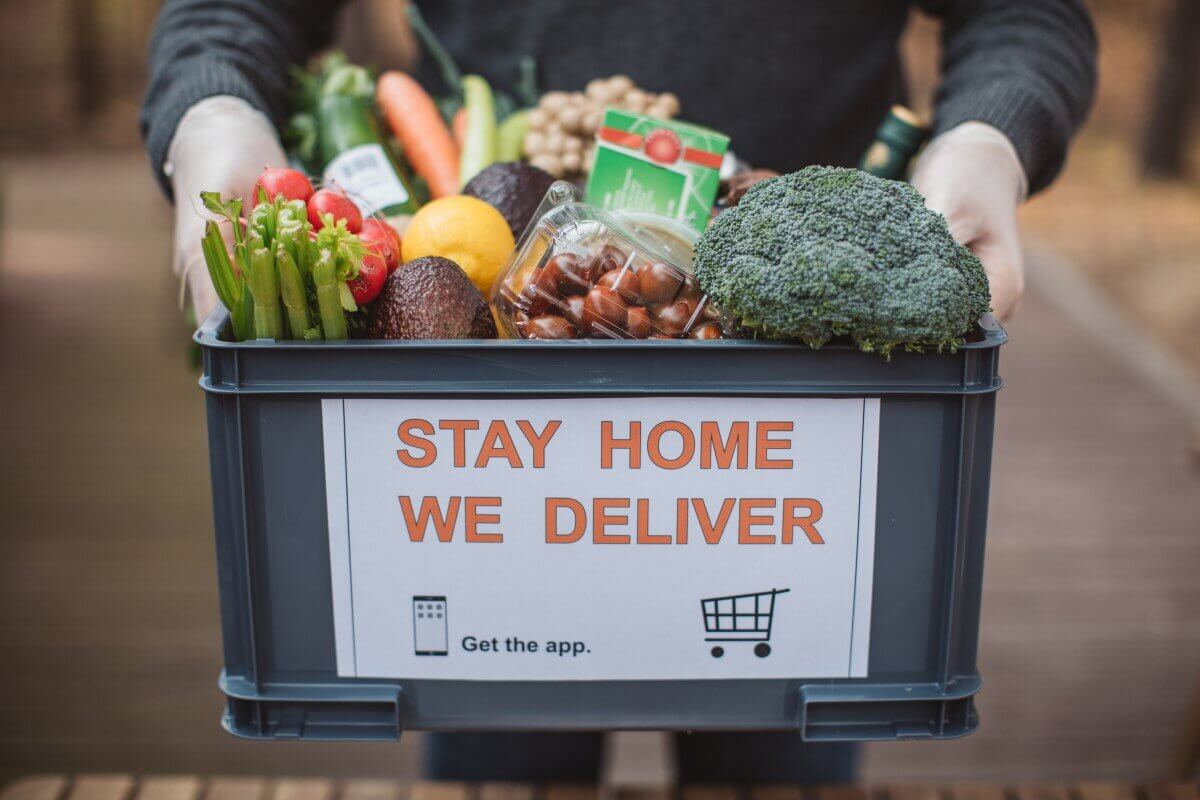By the SMU Social Media Team
In these unusual times, a brick-and-mortar shopping experience is likely to start with a gun-like thermometer being pointed at your head, while an online shopping experience is usually accompanied by a warning that your delivery may be delayed by months. The Covid-19 pandemic’s impact on the retail sector worldwide extends far beyond inconvenience though.
For starters, many retailers have not been able to survive the diminished demand induced by lockdown orders and lack of tourist shoppers. In Singapore, for instance, the overall retail vacancy rate soared to an all-time high of 9.6 per cent in the second quarter of 2020.

Associate Professor Hannah Chang, Director of SMU Lee Kong Chian School of Business PhD Programme
But not all retailers have been equally affected. In the United States, big-box stores both online and off have seen record growth during the pandemic, while retailers of non-essential items have been struggling. Describing this as “a great retail bifurcation”, marketer Jason Goldberg further notes that the current consumer behaviour may well become permanent. The 2003 SARS epidemic in China, for example, pushed consumers there to embrace digital retail and catapulted Alibaba and JD.com into the big leagues.
In other words, how retailers handle current challenges could very well determine not just their survival in the short term, but also the long-term landscape of retail. Hannah Chang, Associate Professor of Marketing and Director of PhD Programmes at the SMU Lee Kong Chian School of Business, elaborates on four ways retailers can market to consumers in the time of Covid-19.
1. Stay top of mind
Whether it’s traditional or online retail, “the key question is how to get the product to consumers when and how they want it to stay relevant”, says Assoc Prof Chang.
That means sorting out supply chain issues, and also exploring creative omnichannel strategies. She cites the example of Walmart in the US, which launched two initiatives in July 2020: a free virtual summer camp for kids featuring Hollywood celebrities such as Drew Barrymore and Neil Patrick Harris as camp counsellors, and a touring drive-in movie theatre that turns its stores’ parking lots into outdoor cinemas.
“This was really clever,” Assoc Prof Chang notes. Besides using the online space as well as the brand’s physical infrastructure, “these initiatives are not directly linked to their business, but they create positive experiences and show that the brand is trying to build engagement with their consumers. Summer is when parents usually send their children to summer camps, for example, and since real camps are out of the question, parents will appreciate the resources offered by this virtual camp. These initiatives helped Walmart stay on top of consumers’ minds”.
2. Go social
Social media influencers are still an important marketing platform, especially for plugged-in younger consumers. However, retailers may want to pay attention to a new kind of social marketing: with social distancing measures set to stay for the near future, more people are craving the communal in-person experiences they used to take for granted.
So retailers that try to offer those types of experiences while still allowing their customers to stay safe may stand to accumulate a lot of goodwill. Walmart’s drive-in theatre initiative is one example. Assoc Prof Chang also points to craft breweries that have tried to replicate the social experience of visiting a pub with virtual tasting sessions. “Now that such bonding events are off the table in real life, recreating that experience online becomes very important.”
3. Pay attention to new demographics and new expectations
Consulting company Kantar, for instance, notes that the lockdown has led to more older people becoming comfortable with technology—that could well offer retailers a new consumer segment to market to.
Meanwhile, research from consulting company Edelman stated that some 65 per cent of consumers say that how brands react to the pandemic will have an impact on how they interact with them in the future, and 33 per cent have stopped using a brand they felt was not acting appropriately.
Heightened consumer expectations for ethical behaviour have been an ongoing theme in retail, even before the pandemic, says Assoc Prof Chang. “In Singapore, since the start of the pandemic, more consumers have shown that they are mindful of sustainability and that they want to support local businesses and social causes. Brands need to find ways to connect with consumers on these levels.”
4. Explore new mediums
According to MarTech Today, a publication that covers marketing technology, natural disasters and public crises typically drive up viewership numbers for live TV in the United States. However, Covid-19 has not caused a similar spike—instead, consumers have turned to digital channels such as social media and podcasts.
While social media advertising was very established even before the pandemic, podcast advertising is still in its infancy and remains an exploratory area for many retailers. With gaming numbers going through the roof over the last couple of months, in-game advertising also holds a lot of potential.
Assoc Prof Chang cites the example of fashion brands creating virtual clothing lines as an interesting new marketing strategy. “For the fashion conscious who are stuck at home, virtual clothing lines allow them to display their fashion choices through digital avatars. Players of Nintendo’s Animal Crossing express their styles via their avatars. Options even include digitised clothes from labels such as Marc Jacobs, Anna Sui, and Valentino. On other digital platforms like Instagram, Gucci and Louis Vuitton are designing digital outfits for consumers to dress their online avatars and game characters. Retailers should keep looking for such creative ways to connect with consumers.”








